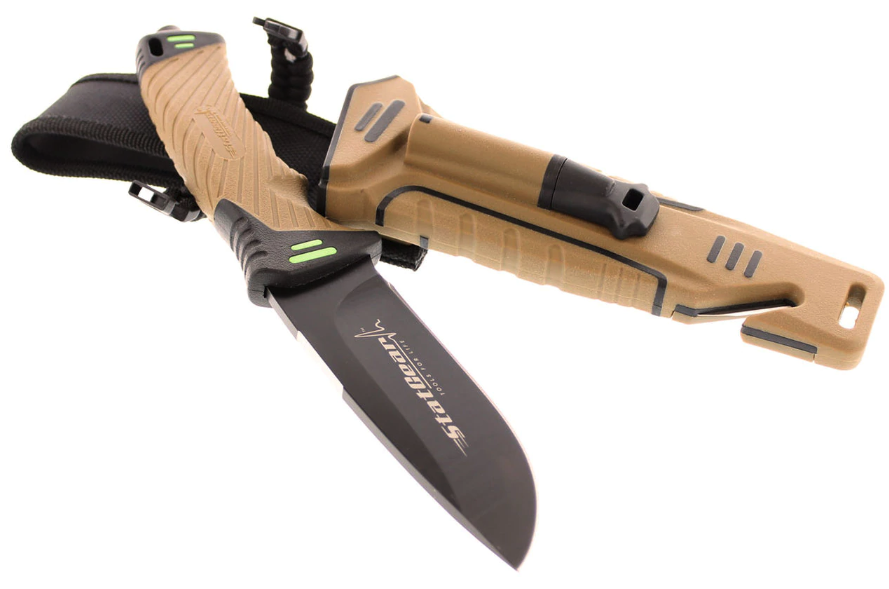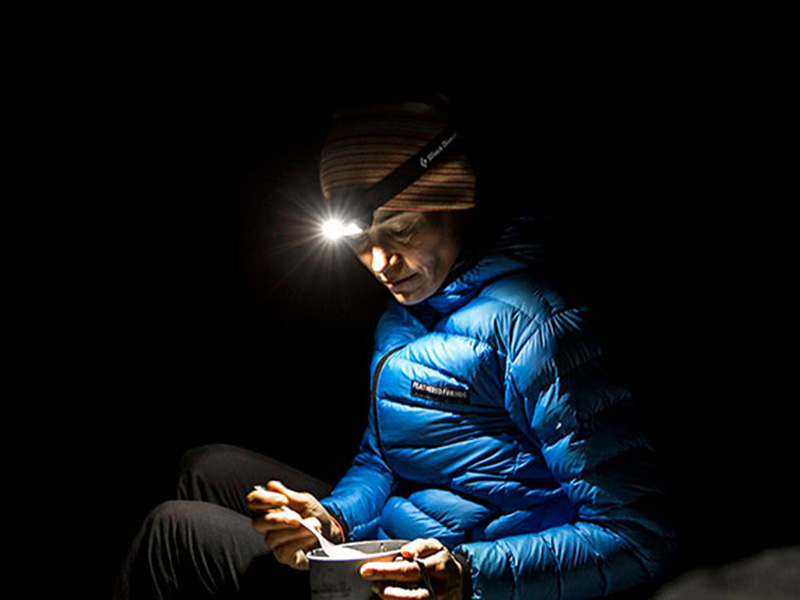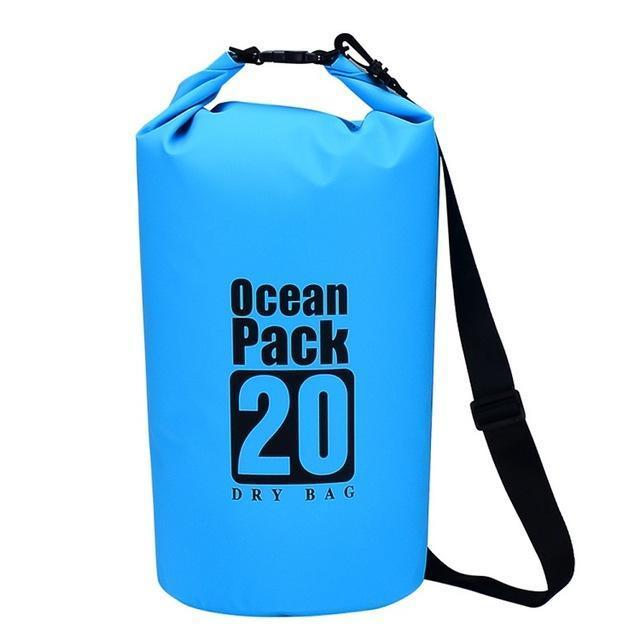Posted by Staff on 17th Jan 2020
7 Survival tools for the Backcountry
We thought about starting this off by scaring you and telling you that hiking in backcountry gets pretty dangerous. We could’ve told you that hikers get hurt, require search and rescue, and even die adventuring in backcountry... But I am guessing you already knew that. In fact, I bet overcoming these challenges is one of the reasons you are drawn to the backcountry in the first place! If so, you are in good company.
Being safe and enjoying your time in the backcountry has more to do with your preparation than survival tactics. Most of the time, survival measures aren’t needed if you have the right gear and plan of action. The right gear can keep you out of trouble, while the right plan can keep you on course. Each backcountry trip requires different strategies, yet your core survival tools are generally the same.
Below we've outlined 7 of the most important items for surviving in the backcountry:

1. Firestarters
Fire starters are light-weight tools that come in handy whether you are in trouble or not. You can rely on fire starters for a consistent method to spark fire. The spark they create is enough to set small combustible items like kindling on fire. It is important to consider what else you are starting your fire with. If you are hiking in snowy or rainy conditions, you shouldn’t rely on finding dry kindling on the trail. Instead, pack some of your own dry materials. Some good examples are cotton balls, paper towels, and even denatured alcohol. These items along with your fire starter can help you create a fire to cook, keep warm, and provide light. Fire starters offer a fire source that doesn't run out or get ruined if wet. These two factors are tremendously helpful if you find yourself in a situation you hadn’t planned for.

2. All-Purpose First Aid Kit
If we’re talking survival, we need to talk first aid. The truth is, accidents happen on the trail. Whether its a simple cut, nausea, or something more serious, a good med kit should have something to help. When backpacking, it’s wise to consider both weight and functionality of your first aid kit. At StatGear, we created a first aid kit that is diverse in aid, and still efficient in size. A few essential items are roller gauges, alcohol pads, tweezers, and ice packs. No matter the kit, make sure these are included.

3. Topological Map
One way easy to add unwanted time onto your backcountry trip is to get lost. No matter how much you study the area before your trip, some things will still look completely new in person. If the way forward is not clear, using a topological map is your best bet.
Topological maps mark elevation changes, rivers, lakes, treelines, and mountain ridges. These environmental keys can help give you a true scale of your backcountry area and your position in it. This perspective can help you navigate your way forward or redirect yourself back on course. It is always beneficial to have a compass on hand to better orient yourself on the map. If your journey is short enough, your phone may have enough battery to act as a compass. Just remember to turn it to airplane mode.

4. Survival Knife
A knife is a necessary tool when adventuring out in the backcountry. Knives can help in so many ways it’s almost hard to count. From preparing firewood, to fixing equipment, to self-defense, knives are a huge help. Survival Knives add even more utility by hosting a few additional features particularly helpful for the backcountry. For example, our Surviv-All Survival Knife comes with a built in fire starter, a cord cutter, and knife sharpener - you're already set with 2 of the 7 major survival tools for backcountry! No matter your choice, survival knives are a must.

5. Water Filtration
Almost every multi-day hike in the backcountry requires you to have some type of water filtration system. Drinking a lot of water while traveling is important, but carrying all that water can also add too much weight. This is where water filtering come in. Water filters allow you turn natural water like rivers and lakes into sources of clean drinking water.
There are many options for filtering water, from tabs to filters, but we'd recommend a light-weight filter. Water tabs can run out, and you need to be conscious of you water volumes. Water filters can be used as needed, and don’t add much weight to your bag. The Lifestraw for instance is a fantastic option as its small, lightweight, and is an all-in-1 straw that removes a minimum of 99.9999% of waterborne bacteria.

6. Head Lamp
At first glance, a head lamp may not seem like a true survival tool. All the other tools listed above have dealt with life or death scenarios. However, a head lamp is a tremendously helpful tool in survival situations. If you get lost and off-course, you may still have to navigate when it's dark out. The backcountry’s dark is unforgiving, so it's best to come prepared.
Head lamps can also be a benefit when you have to set up your camp in the dark or check out strange noises at night. When the sun goes down, your head lamp is your best friend, and its extra nice to have if a survival situation does come up!

7. Dry Bag
A dry bag is the final tool on our list. Dry bags are used to keep all these other items dry. If your bag gets unexpectedly wet, some of your gear and clothes could be rendered useless: Wet clothes can leave you cold, and wet gear can leave you with no way to warm up. In the worst conditions, this could lead to serious issues like hypothermia.
Dry bags are an easy way to protect valuable items from wet and cold conditions. Dry bags can also be used as bear bags. Bear bags are used to hang up food in trees to avoid bears searching your camp. If you are going to use a dry bag as a bear bag, make sure to bring some rope and read up on how to properly hang the bag.
Now Go Survive Backcountry!
You now know 7 tools to help you survive and thrive in the backcountry. As you’ve probably noticed many of these core tools can be used for multiple purposes. When packing for a long trip, you may have to get clever with your equipment. Backcountry adventures require a balance of weight and utility.
Hopefully, the tools we’ve listed have enough utility to end up in your bag, and keep you safe on your next trip!

